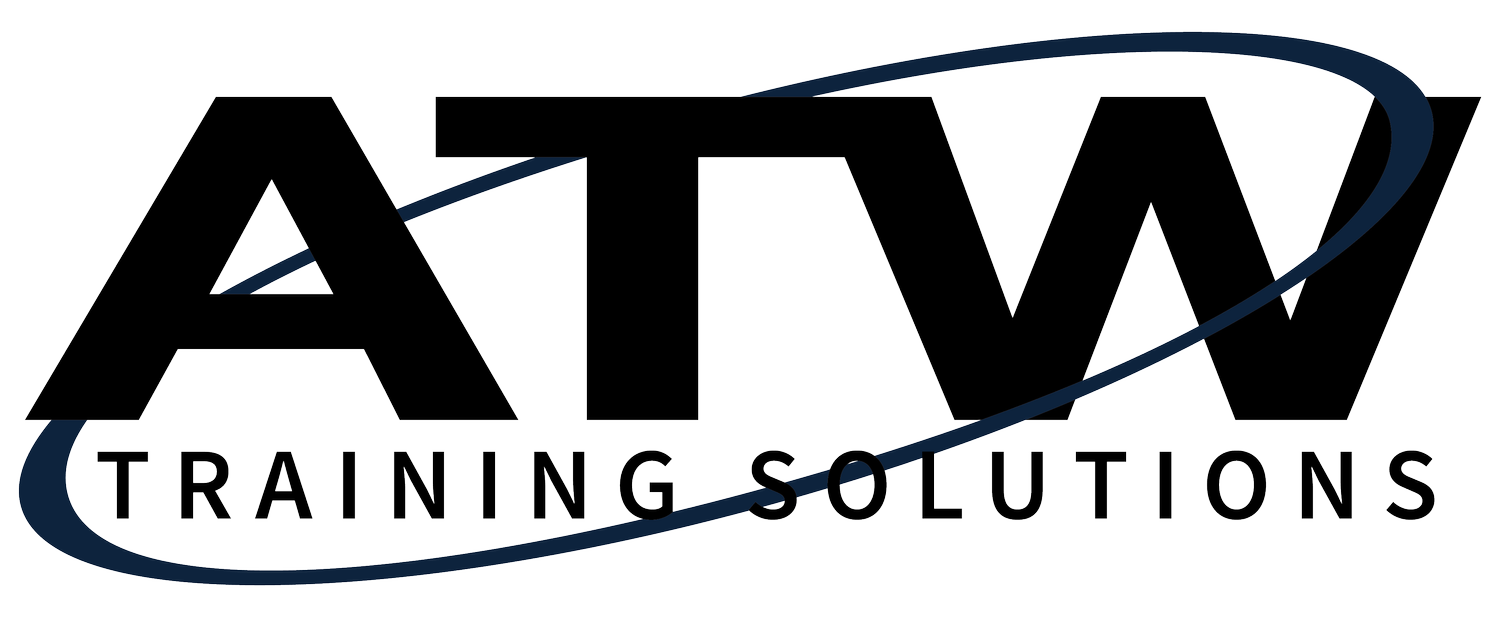Driving Difficult Conversations
When people problems arise at work, we have choices. We can manage troublesome situations the way most people do and simply ignore the issue. Or, we can make a conscious choice to confront problems and have the difficult conversations we need to have and put ourselves in the driver’s seat.
Why do we avoid difficult conversations? Often tough conversations force us out of our comfort zones to ask for what we need. We may fear conflict, disapproval, or rejection—we do not want to “rock the boat” or appear selfish. We get anxious about how the other person will respond. The key to having an effective difficult conversation is to acknowledge that discomfort and initiate the conversation, even though we feel awkward or uncomfortable. The result of not having the difficult conversation is often worse than having the conversation.
PREPARATION:
A successful difficult conversation starts with preparation. Before you have a tough conversation, identify:
• The issue. What is happening between you and the other person?
• The impact. What is the effect on you, your work, or others around you?
• Your desired outcome. What do you want to happen as a result of the conversation?
• How you will keep your emotions in check. What will you do to stay open-minded and calm?
You could easily write this down or talk it over with a trusted co-worker or friend. Once you have completed this preparation, you are ready to have the conversation using ATW’s three-step model: Initiate, Explore, then Focus on the Future.
INITIATE:
After you have prepared for the conversation, consider how you will initiate the conversation. Start positively, by first asking the person for the conversation. For example, you could say, “Do you have a minute to talk?” or “Could we meet later today?” As you begin the conversation, state the issue and the impact clearly and directly. Avoid unloading or “venting.” How you start the conversation affects the other person’s willingness to engage with you, so start on a positive note.
EXPLORE:
After you have initiated the conversation, explore the other person’s perspective by asking questions. You could simply ask, “How do you see the issue?” This is the time to hear the other person’s point of view. Remind yourself to actively listen with an open mind and avoid interrupting the other person. As you listen to the other person’s perspective, identify common ground.
FOCUS ON THE FUTURE:
End the conversation by focusing on the future. Concentrate on your desired outcome while also thinking of the other person’s perspective. Is there a way for you to collaborate and move forward? This is the time to be action-oriented and determine what will happen as a result of the tough conversation. Develop a plan for follow-up; multiple conversations may be required for ultimate resolution.
When you are faced with a difficult conversation, consider the ramifications of not having the conversation. Embrace the discomfort. Conducting successful difficult conversations—through preparation, taking the step to initiate a dialogue, exploring the other person’s perspective, and focusing on the future—can be the difference between failure and success. Are each of your team members in the driver’s seat to have the tough conversations that propel your organization forward?
